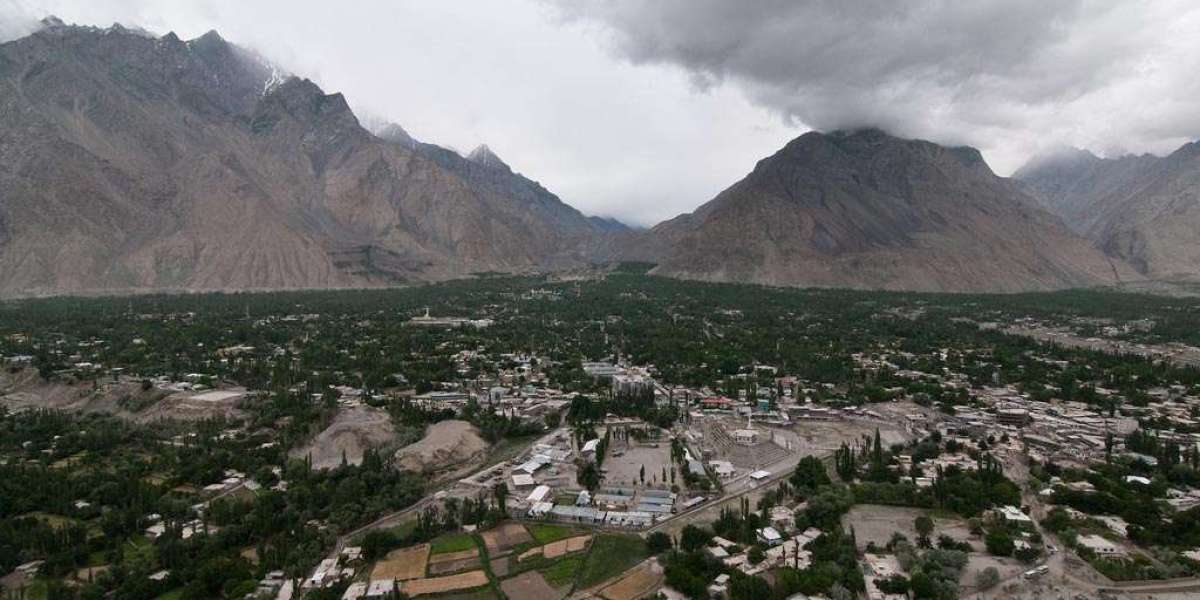In a significant development reflecting the close coordination between Pakistan and Iran, the evacuation of approximately 450 Pakistani pilgrims from Iran has been successfully completed. This operation underscores the commitment of both nations to ensure the safety and well-being of their citizens during international travel, especially under challenging circumstances.
Background and Context
Every year, thousands of Pakistani citizens travel to Iran for religious pilgrimages, particularly to visit the holy shrines in cities like Mashhad and Qom. These visits are deeply spiritual for many Pakistani Muslims who regard them as an important aspect of their faith. However, due to the complexities of international travel and occasional geopolitical tensions, the safety and welfare of pilgrims can sometimes become a concern.
The recent evacuation comes amid heightened vigilance following a series of incidents that raised concerns about the security and logistical support available to Pakistani nationals abroad. While exact details regarding the circumstances that prompted this evacuation have not been fully disclosed, official sources confirm that the decision to repatriate these pilgrims was made in the interest of their safety and comfort.
Coordination Between Governments
The evacuation was carried out through a coordinated effort between Pakistani diplomatic missions in Iran and the Iranian authorities. The Pakistani Embassy in Tehran, alongside consulates in Mashhad and other cities, played a crucial role in organizing travel documents, arranging transportation, and ensuring a smooth process for all evacuees.
The Iranian government also facilitated this process, demonstrating goodwill and cooperation. Given the strong historical, cultural, and religious ties between the two countries, the cooperation was seen as a positive example of regional collaboration in times of need.
Logistics and Execution
The operation involved multiple phases, including gathering the pilgrims at designated points, conducting health and safety checks, and arranging for their transportation back to Pakistan. Due to the number of evacuees and logistical challenges, the process was carefully planned over several days.
Several buses were organized to transport the pilgrims to border crossing points, where Pakistani immigration officials coordinated the safe and orderly passage of evacuees back into Pakistan. In addition, some pilgrims returned via flights arranged by the Pakistani government from Iranian airports to major Pakistani cities.
Health and Safety Measures
In light of ongoing global health concerns, including the COVID-19 pandemic and other health risks associated with international travel, stringent health protocols were implemented throughout the evacuation process. Pilgrims were screened for symptoms, provided with necessary medical assistance, and advised on health guidelines to minimize any risks during their journey.
The Pakistani government emphasized that the safety of its citizens was paramount and that all efforts were made to adhere to international health standards.
Reactions and Statements
The successful completion of this evacuation was welcomed by officials in Pakistan. The Ministry of Foreign Affairs issued a statement thanking the Iranian government for its cooperation and praised the efforts of Pakistani embassy staff and volunteers who worked tirelessly to ensure the safe return of the pilgrims.
Several Pakistani pilgrims also expressed their gratitude for the support they received during the process, highlighting the professionalism and care shown by both Pakistani and Iranian officials.
Broader Implications
This evacuation highlights several important aspects of Pakistan-Iran relations. The two countries share not only geographical proximity but also deep cultural and religious connections. Ensuring the safety of pilgrims traveling between the two nations is a critical component of their diplomatic engagement.
Moreover, the operation showcases how countries can collaborate effectively in emergency situations to protect their citizens abroad. It serves as a reminder of the importance of consular services, diplomatic channels, and regional cooperation in addressing the challenges of international travel.
Future Outlook
With the evacuation completed, Pakistani authorities are expected to review the incident in detail to better prepare for any future contingencies involving their nationals abroad. This may include strengthening consular support, improving communication channels with Iranian counterparts, and enhancing health and safety protocols for pilgrims.
For the pilgrims themselves, this experience underscores the need for careful planning and awareness of travel advisories when journeying to foreign countries, especially for religious tourism.
Conclusion
The successful evacuation of 450 Pakistani pilgrims from Iran marks an important chapter in the ongoing collaboration between the two neighboring countries. It reflects a shared commitment to protecting the rights and safety of citizens and reaffirms the bonds of friendship and mutual respect that have long characterized Pakistan-Iran relations.
As international travel continues to pose unique challenges, such coordinated efforts set a positive precedent for how countries can work together to support their people in times of need. The safe return of these pilgrims not only brings relief to their families but also strengthens the trust and goodwill between Pakistan and Iran.
Reference: ایران سے 450 پاکستانی زائرین کا انخلا مکمل کر لیا گیا

